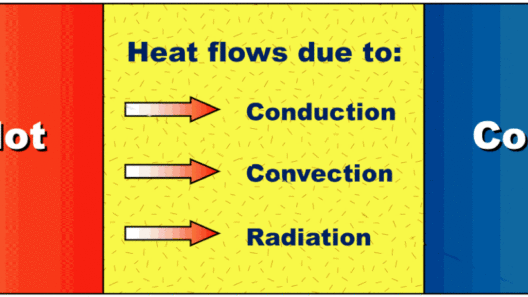Friction is a force that plays a pivotal role in the realm of physics, particularly concerning the conservation of mechanical energy. This phenomenon reveals an intricate dance of forces, akin to a ‘tug of war’ that compels us to delve deeper into its implications on energy dynamics.
The conservation of mechanical energy typically refers to the principle that the total energy in a closed system remains constant if only conservative forces are doing work. In this context, mechanical energy consists of potential energy and kinetic energy. For example, when an object is projected into the atmosphere, it possesses kinetic energy due to its motion and potential energy based on its height relative to earth. In an ideal, frictionless scenario, as this object ascends, its kinetic energy transforms into potential energy, culminating in a perfect conservation of mechanical energy during its flight.
However, real-world applications seldom adhere to this idealized model. Friction, a non-conservative force, intrudes on this perfect balance. It represents a dissipation of energy, transforming useful mechanical energy into thermal energy due to heat produced from frictional interactions among surfaces. This conversion exemplifies why the conservation of mechanical energy is not a fixed law when friction is involved and poses significant implications for various practical situations, from simple mechanical systems to complex environmental phenomena.
To understand the interaction between friction and mechanical energy conservation, let us first examine the nature of friction itself. It arises from the microscopic irregularities on surfaces that come into contact. As two surfaces slide against each other, those irregularities interlock. This interlocking generates resistance—a force that opposes motion. Thus, not only does friction impede motion, but it also transforms kinetic energy into thermal energy. In practical terms, when you slide a book across a table, its kinetic energy diminishes as heat is generated, warming the surfaces in contact. This energy conversion confers a new dimension on our understanding of energy conservation.
This energy tug of war between kinetic energy (the energy of motion) and friction illustrates a core aspect of thermodynamics. When mechanical systems engage in motion, the presence of friction necessitates a constant adjustment of energy. For example, in a car engine, the mechanical energy produced—from fuel combustion to movement—is counteracted by frictional forces from various components: pistons, gears, and even the tires on the road. While energy transformations occur, the overall energy accounting must consider the energy lost to heat due to friction. Hence, one can contemplate that in every mechanical process involving friction, there exists a continual recalibration of energy states.
Interestingly, the phenomenon of friction is not solely detrimental. Despite its dissipative nature, friction is equally essential for functionality. It provides the necessary grip for vehicles to accelerate, the traction required to stop, and the control of various machines operating under mechanical forces. In this sense, the ‘tug of war’ is a balanced contest; energy is not merely lost, but rather transformed and utilized within the confines of the system’s operational frameworks. The interplay between friction and mechanical energy is thus defined not only by loss but also by the reallocation and preservation of energy forms.
Moreover, the manifestations of friction and its effects on energy conservation extend beyond mechanical systems and into ecological and environmental contexts. For example, consider the movement of glacial masses across the landscape. The kinetic energy gained as glaciers move can be partially transformed into heat due to friction with the underlying surfaces. This phenomenon contributes to glacial melt, influencing sea levels and local climates. Thus, understanding the relations and ramifications of friction encapsulates not just classical mechanics but touches upon significant environmental issues and climate models.
Furthermore, energy efficiency constitutes a modern concern for sustainability. With the pressing need for sustainable practices, reducing frictional forces in mechanical systems can lead to enhanced energy conservation. Advancements in materials science have led to the development of lubricants and surface coatings that minimize friction, improving the performance and longevity of various systems—from industrial machinery to electric vehicles. Society’s pursuit of energy efficiency reflects a recognition of the intricate balance between friction and mechanical energy, driving innovations that not only promote performance but are also conducive to environmental consciousness.
In summation, the relationship between friction and the conservation of mechanical energy is a quintessential example of the complexities inherent in physics. It embodies a vibrant interplay of energy forms, highlighting the transformative nature of friction as a force that is both obstructive and essential. By considering the wider ramifications of this energetic tug of war—ranging from practical mechanics to environmental paradigms—we can appreciate the nuanced dynamics that govern our world. Through this lens, we recognize that conservation is not merely the preservation of energy but the navigational prowess required to adapt, innovate, and sustain our surroundings in the face of inevitable frictional forces.
Thus, the energy tug of war, punctuated by friction, mandates a comprehensive understanding of energy transformations. A deeper appreciation of this relationship not only enriches our grasp of mechanical systems but also propels us towards informed sustainable practices, creating a synergy between scientific inquiry and environmental stewardship.







